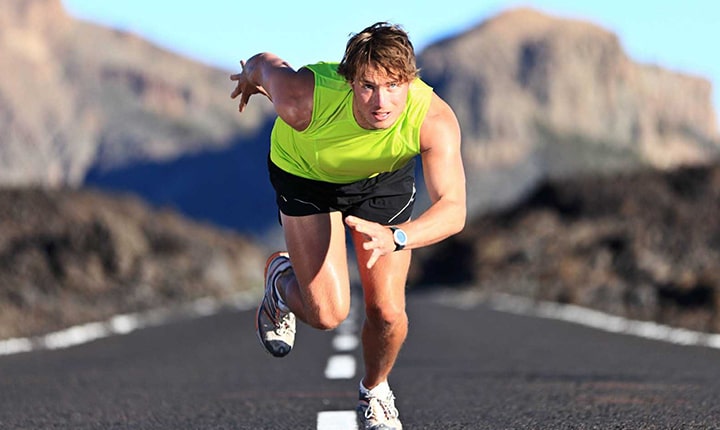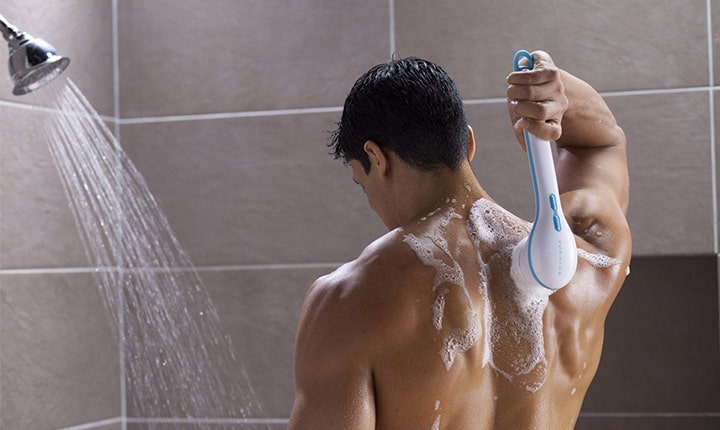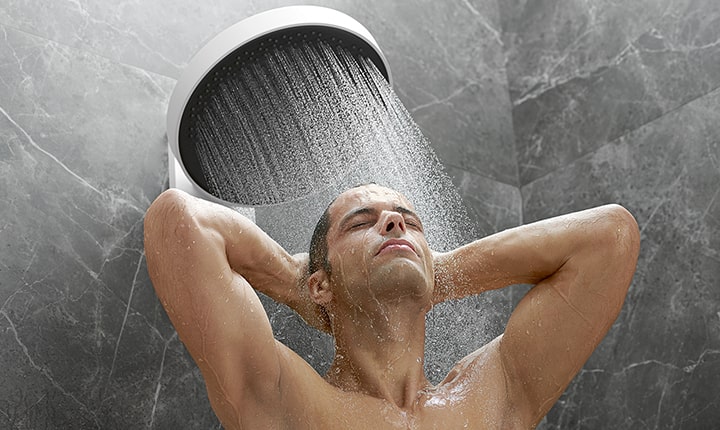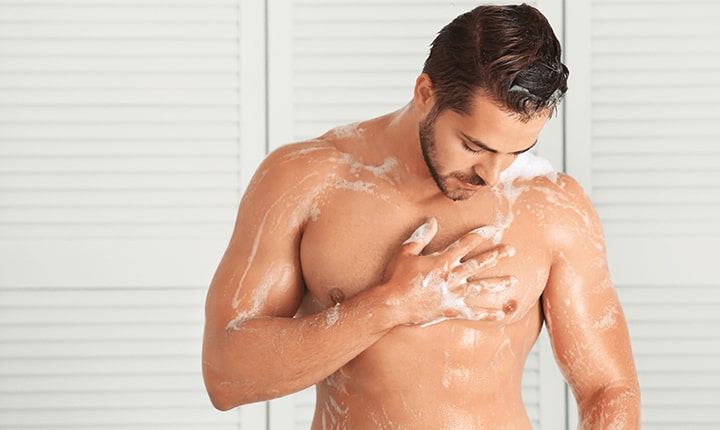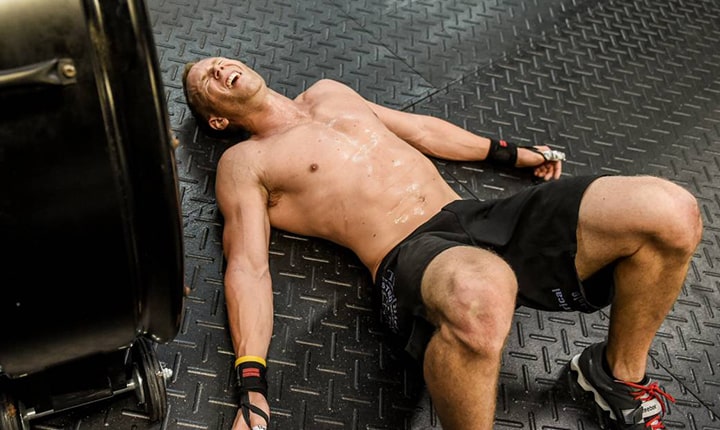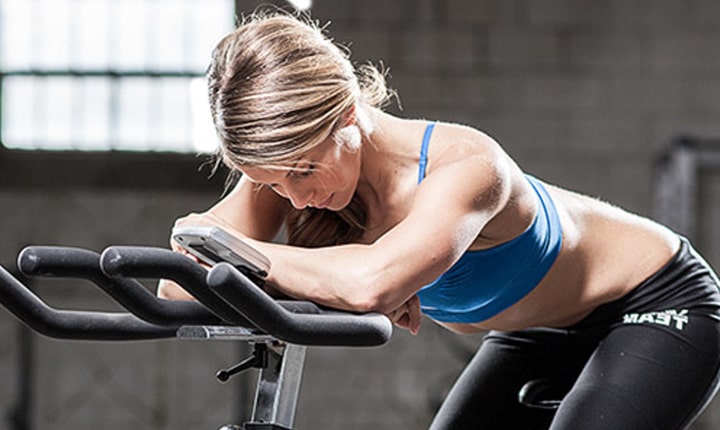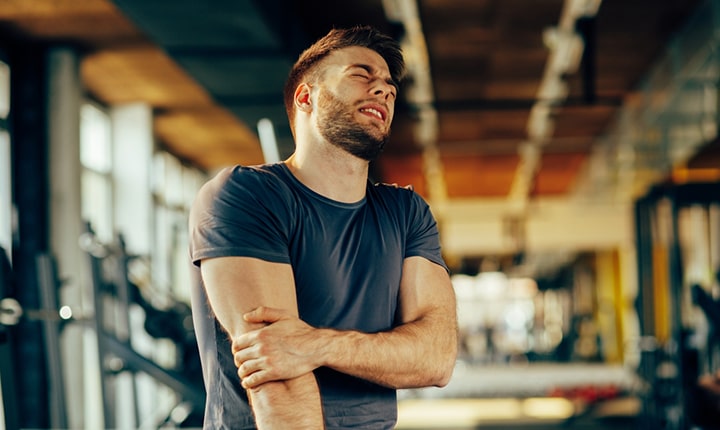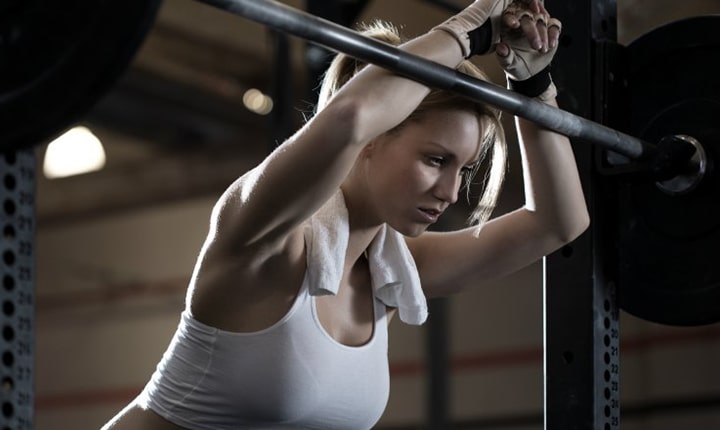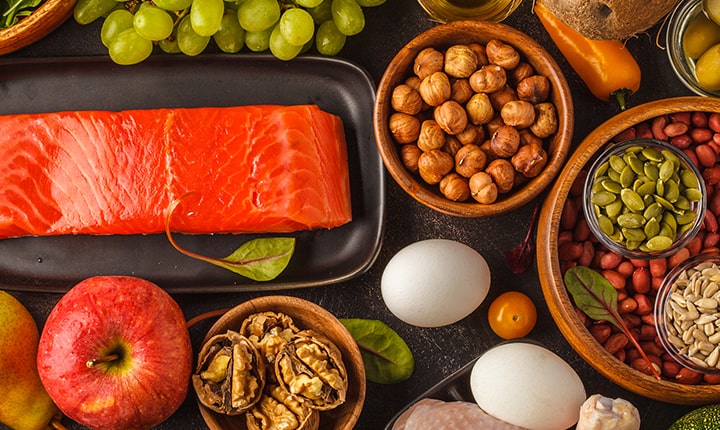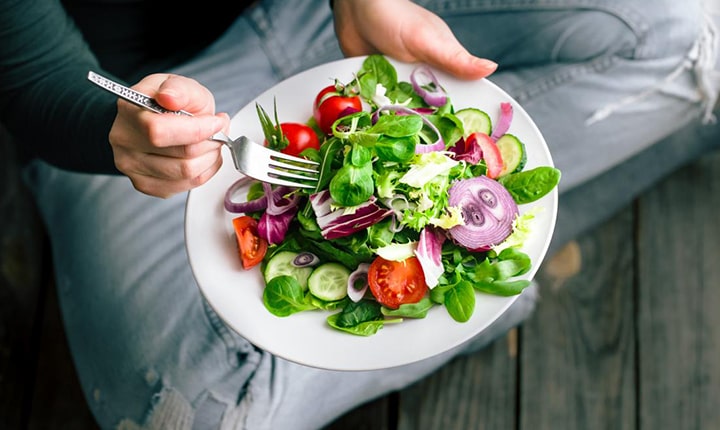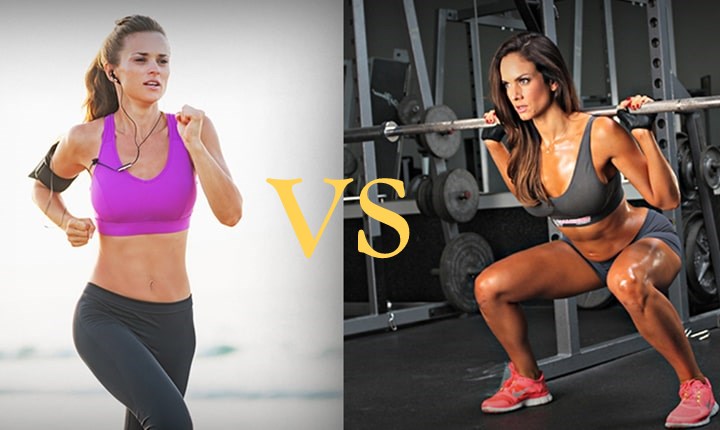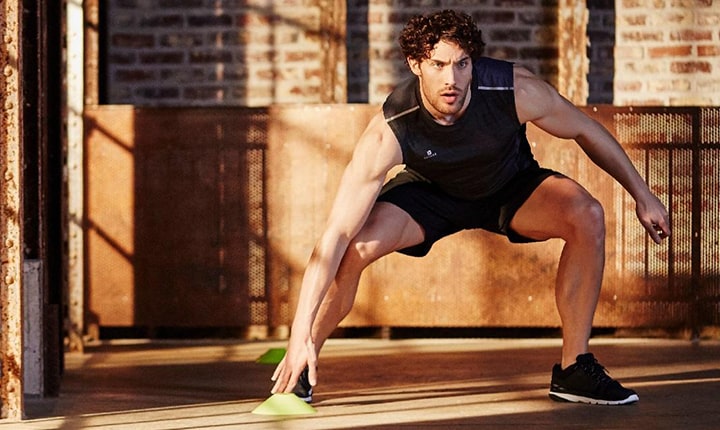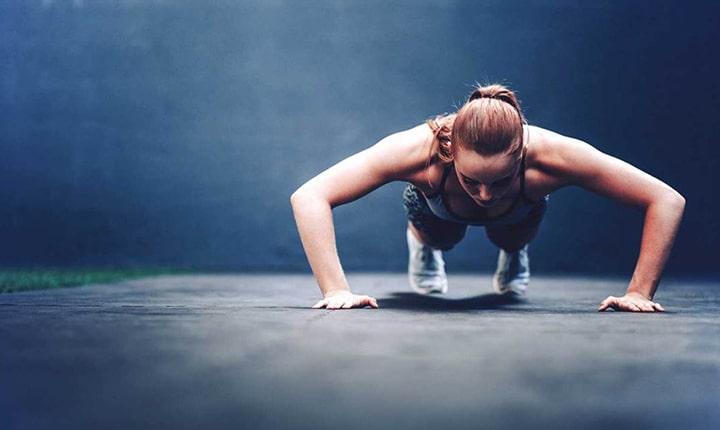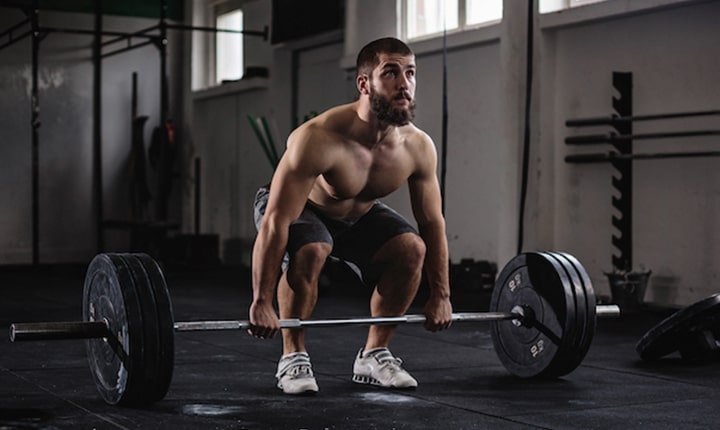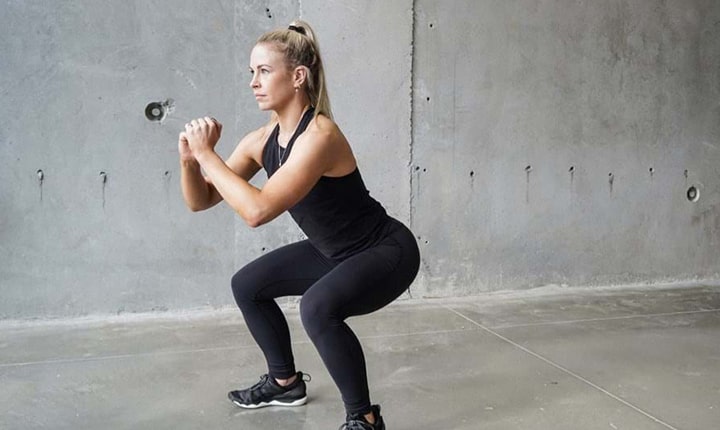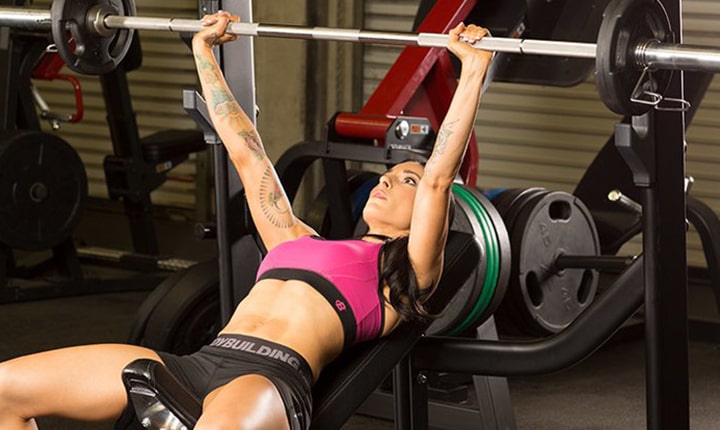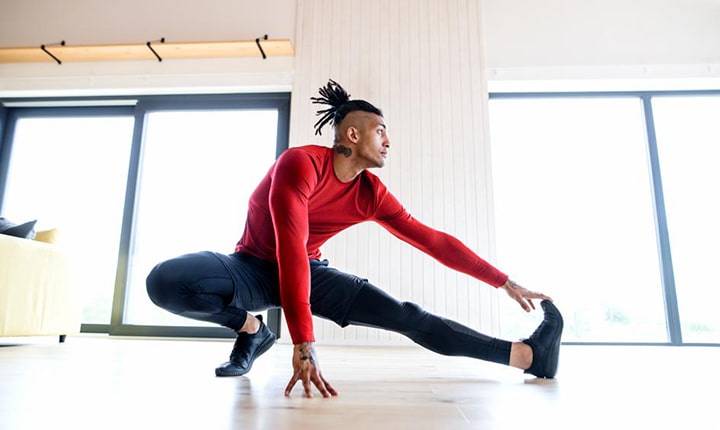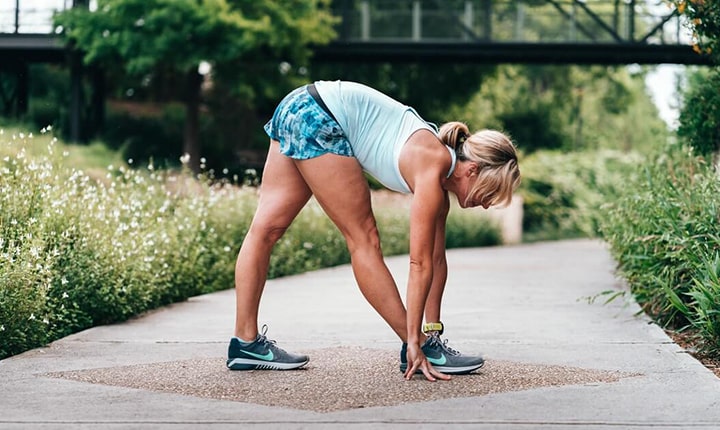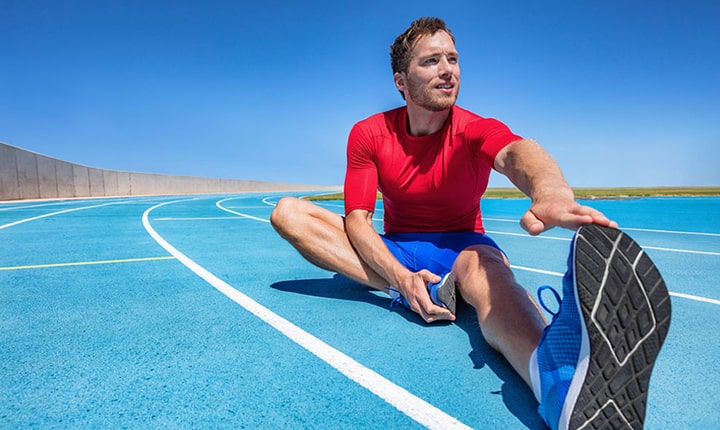If you are into fitness, then you need to understand that your workout session doesn’t end when you stop exercising. This is because when you through an intense workout session, your metabolic rate increases dramatically.
Today, in our coverage of the afterburn effect, we are going to take a look at when does it occur and the types of workouts that provide the most afterburn effect. So, get into your workout gear and get ready to take your fitness to the next level.
Understanding the Basics of the Afterburn Effect
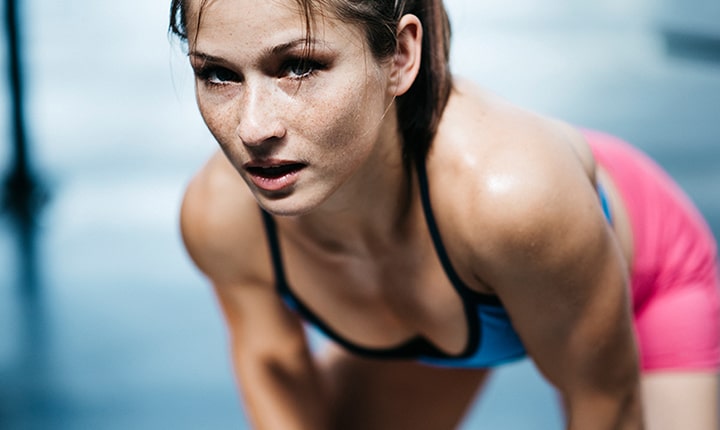
Scientifically known as Excess Post-exercise Oxygen Consumption (EPOC), afterburn effect refers to the amount of oxygen that is needed to return your body to its resting stage after an intense workout session.
Your body needs oxygen to produce fuel in the form of Adenosine Triphosphate (ATP). This helps in boosting your muscles during workout sessions. Your body can also call on stored energy sources that don’t need any additional oxygen.
Your resting state includes the following:
- Removing lactic acid
- Restoring oxygen levels
- Restoring ATP levels (a molecule that gives your body the energy for processing exercises)
- Repairing muscles
Your EPOC is at its highest level immediately following a workout session. It diminishes slowly and steadily thereafter. Research has shown that this elevated level could persist for as long as 38 hours.
There is basically a direct correlation between your workout sessions and the time it will take your body to reach the resting stage. This means that the more intense your workout session is, the longer it will take your body to rest.
High-Intensity Interval Training (HIIT) has been recognized as a highly effective way to induce significant EPOC. When you engage in HIIT, you consume more oxygen which is the reason you end up stimulating a higher EPOC. These short rounds of intense exercises are fragmented with equally small recovery periods.
As you can figure out, your body gets depleted of ATP during the exercising. Recovery helps in replenishing the lost ATP.
Benefits of Afterburn Effects
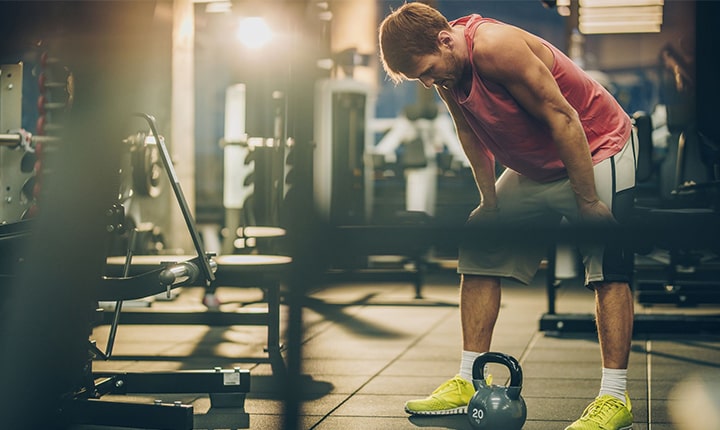
In the past couple of years, the importance of afterburn has been recognised across the globe. This is why trainers and fitness enthusiasts are capitalizing on the effective-but-fast way of training that shifts between multiple rounds of intense exercises.
This helps you in burning fats and calories and building muscles. In fact, HIIT also enables you to stay in fat-burning mode for a long time even when your workout routine has finished. As such, you don’t have to worry the next time you go out with your friends to treat yourself with a delightful brunch on the weekends.
To put it simply, the afterburn effect of HIIT makes sure that you are able to reap the rewards of your one-hour workout for days to come.
As we stated earlier, HIIT is the best and most effective afterburn-inducing training regimes. However, other forms of exercises, such as aerobic exercises also have a role in EPOC. Of course, it goes without saying that for low-intensity workout sessions such as a treadmill jog, the afterburn effect is much lower.
Another point that should be noted here is that your body weight, muscle mass and fitness level can also play a significant role in altering your individual afterburn rewards. It has been noted that people who are more aerobically fit tend to be much better in burning fats than others.
Workouts that Give You the Best Afterburn Effects
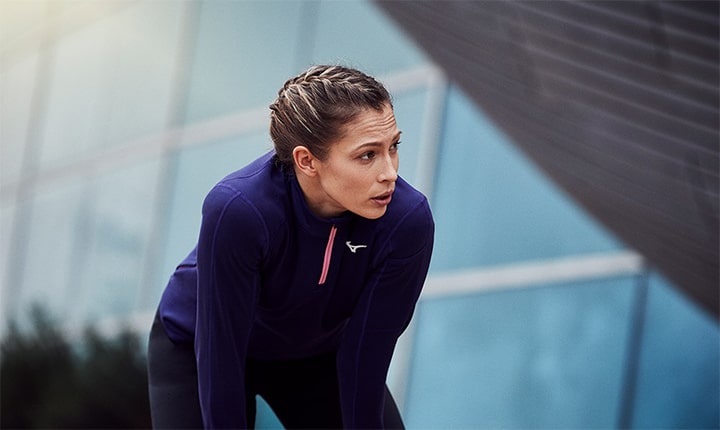
Now that you have a fair understanding of what afterburn effects are all about, it is time for us to acquaint you with the workout routines that would ensure that you get the most afterburn effects out of them.
Swimming
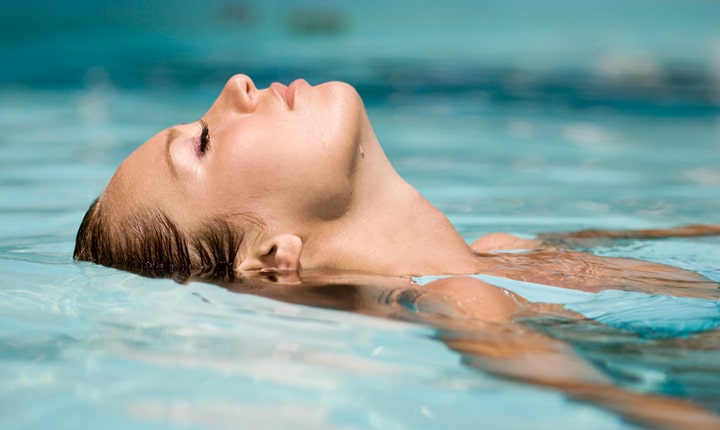
Swimming can be intense as well as relaxing, depending on how you see it. It is a low-impact yet highly effective exercise that provides a total body workout. It builds strength, improves your coordination levels and boosts your endurance. To get the most afterburn effects from a swimming session, you need to do the following routine.
- Start with a 5-minute warmup.
- Follow it up with a 50-metre freestyle sprint
- 25-metre recovery
- Complete a 50-metre backstroke sprint
- 25-metre recovery
- Proceed to do a 50-metre breaststroke sprint
- 25-metre recovery
- Follow it up with a 50-metre freestyle sprint
- 25-metre recovery
- 5-minute cool-down period
Cycling
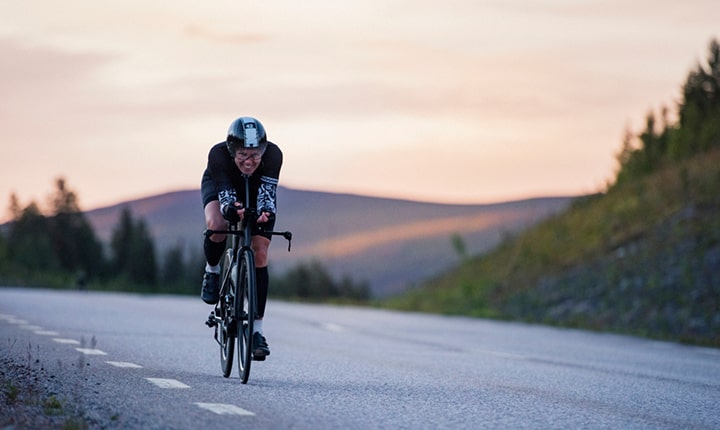
Cycling helps in combining cardiovascular endurance with low body resistance training. You can get the most afterburn effects from cycling if you follow this routine:
- A 10-minute warm-up on a flat surface with a slowly increasing pace.
- A 2-minute period of increasing resistance, riding with 75% effort.
- A 2-minute period of low resistance, riding with 60% effort.
- 4-minute cycling in a seated position wherein you need to sprint all out for 30 seconds on and off.
- Recover on a flat road for around a minute
- For the next 5 minutes, increasing and maintain your resistance and ride with 75% effort. At this stage, keep alternating between standing for 30 seconds and sitting for 30 seconds.
- In the next 5 minutes, sprint all out with low resistance. Again, keep on alternating between standing for 30 seconds and sitting for 30 seconds.
- Cool down for the next 5 minutes.
Plyometrics
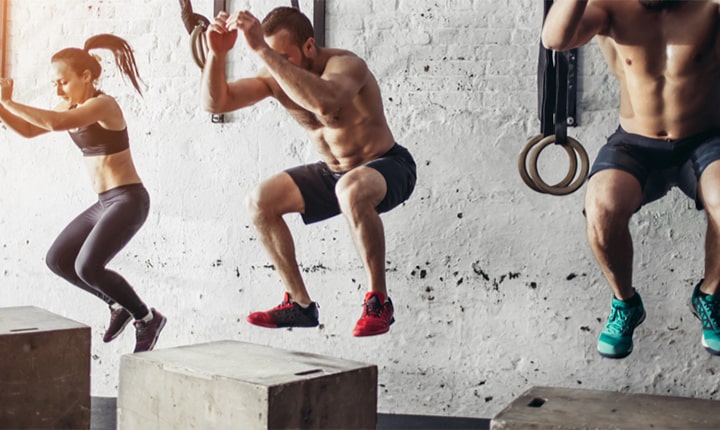
Plyometrics involve dynamic jumping moves that help in increasing your power. You would be exerting a lot of effort while performing these activities as it would require you to contract and stretch your muscles. Keep in mind that this is not for beginners or anyone with an injury. You can try the following routine. Take two minutes of rest between each section.
- 20 jump squats
- 15 burpees
- 20 box jumps
- 15 frog jumps
- 20 mountain climbers
- 20 lateral skater jumps
- 30 plank jacks
Strength-based Training
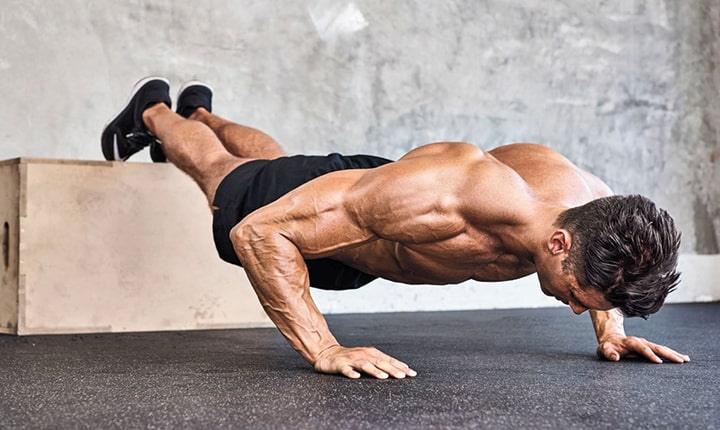
Compound movements help in increasing the afterburn effects. This is especially true for short recovery intervals between heavy training loads. For these exercises, you need to pick up a weight that you feel you can lift without being too comfortable or too uncomfortable. Once you do, then you need to do the following. Take two minutes of rest between each section.
- 15 squats
- 5 deadlifts
- 15 dumbbell shoulder presses
- 15 dumbbell rows
- 20 push-ups
- 15 reverse crunches
- 20 bicycle crunches
Summary
Afterburn effects help in making sure that your body is still burning fats and calories while also building muscles after you are done with your workout session. So, they are very beneficial.
However, too much of anything is not good. Make sure to cap HIIT sessions (that help in providing afterburn effects) at a maximum of 30 minutes per session. Do not participate in more than three sessions in a week so that your body gets the proper recovery time and not injures itself.


